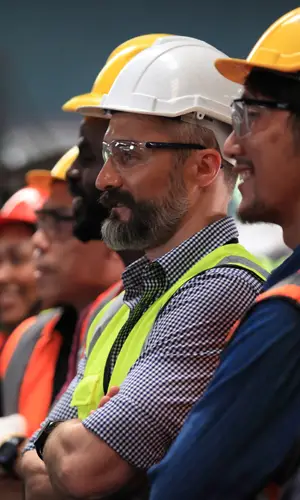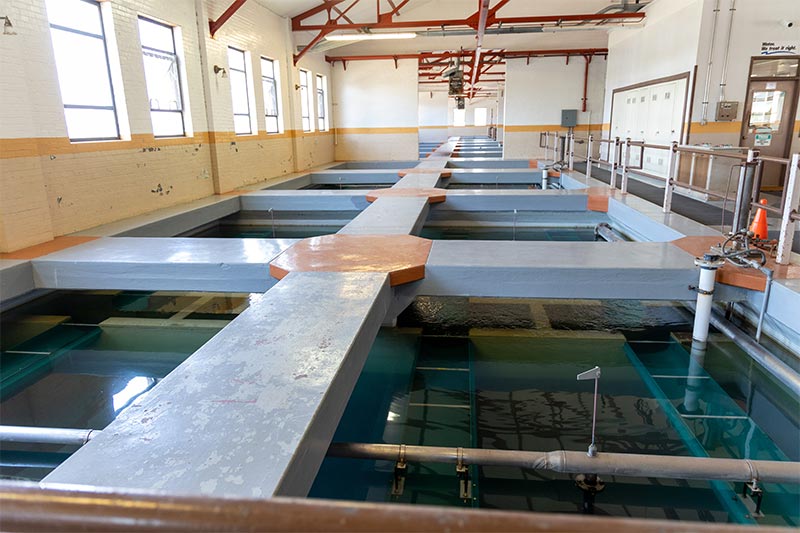WATER TREATMENT PLANT FILTER IMPROVEMENTS
Great Falls, MontanaAbout the Project
The City of Great Falls, MT operates a conventional surface water treatment facility to treat water from the Missouri River. The conventional filtration process is comprised of four sections of filters, with original construction dates of 1916, 1932, 1952, and 1959.Each section consists of four filters, resulting in a total of 16 filters. The firm capacity of the filtration process at the Great Falls WTP is approximately 60 million gallons per day (MGD).
Project Details
Date: 2011 – 2012
Client: City of Great Falls
Key Project Elements
- Surface Water Treatment
- Operator Input Forum
- Alternative Development and Evaluation
- Treatment Process Assessment
Replacement & Identification of Additional Improvements Needed
Over the past several years, WTP operators noticed a decline in filter performance with respect to effluent turbidity and the filter run-time duration between backwash sequences. As an initial investigative step, the City authorized AE2S to assess the physical characteristics of the filter media in 2010.The assessment determined that the physical properties of the filter media fell outside of recommended ranges with respect to effective size and uniformity coefficients, indicating that the media had experienced excessive degradation and was in need of replacement.
Prior to proceeding with media replacement, the City requested the completion of a detailed evaluation of the operational criteria and parameters defining filter performance to identify additional improvements that may be warranted.
Operator Involvement & Data Manipulation Generate Results
As an initial step in the filter performance evaluation, AE2S organized and conducted an Operator Input Forum with WTP staff to discuss filter operations protocol, performance parameters and objectives, current optimization strategies, and desired outcomes of the study.
The information received from the operators provided valuable firsthand knowledge of filter performance, offered insight toward unintended consequences of recent optimization strategies, and helped identify the boundaries of proposed improvements.
Operating data was obtained for eight of the 16 filters for cold and warm water temperatures over a three-year period and for the most recent peak water demand event.
Data Analysis and Operator Collaboration for Enhanced Water Treatment
The data received from the WTP was manipulated to calculate key performance indicators, such as the 95th percentile filter effluent turbidity, net filter production volume, filter loading rates, and filter backwash and filter bed fluidization rates.The input from the WTP operators was combined with the results of the data analysis to identify trends and draw conclusions as to the various factors contributing to the noted decline in filter performance.
A second workshop was held with operations staff to review the preliminary findings of the study and obtain feedback regarding proposed strategies to optimize filter performance.
Phased Improvements Recommended
Recommendations were developed for each of the filter sections based on results of the study effort. In addition to media replacement, the range of recommended improvements consisted of the replacement of the underdrain system, maintaining the ability to complete surface wash, adding air scour to the filter backwash process, and equipping each filter section with the provision of filter-to-waste.Clarification system optimization, backwash sequence modifications, flow measurement and control system enhancements were also recommended. The total cost of the recommended improvements was approximately $11 million (2012 dollars), with the first phase completed in 2020 and subsequent phases planned for completion in the future.





